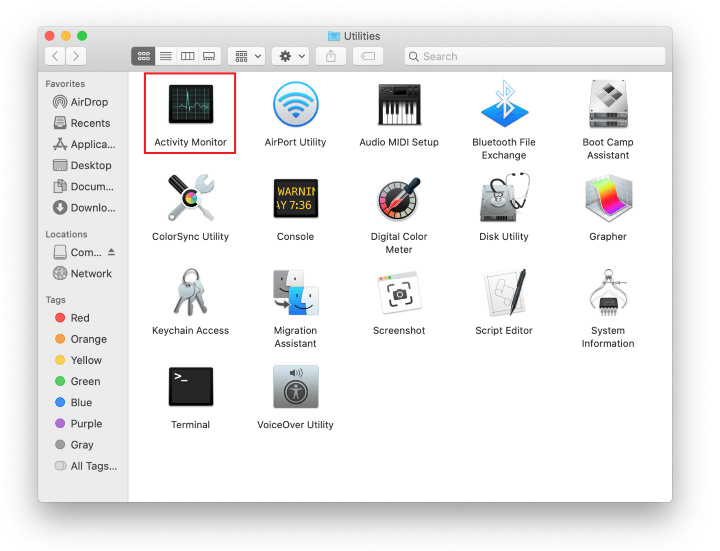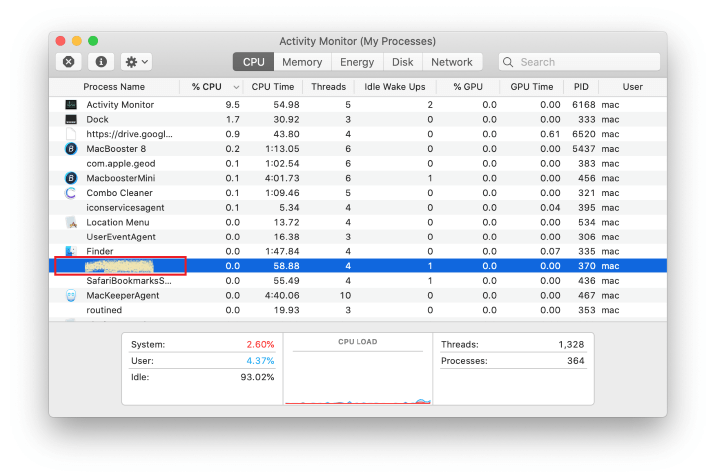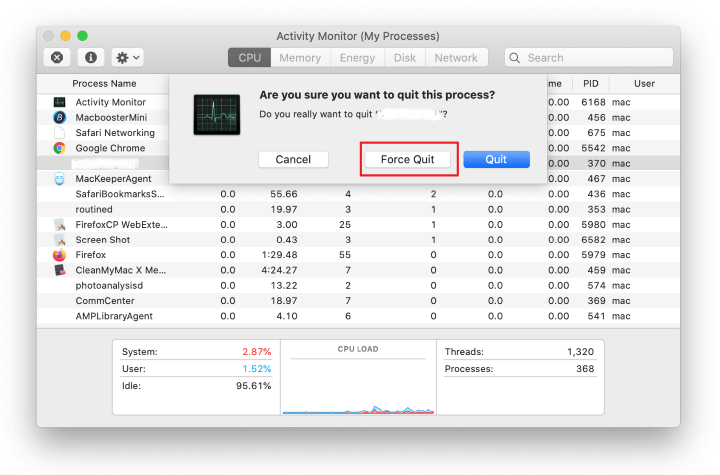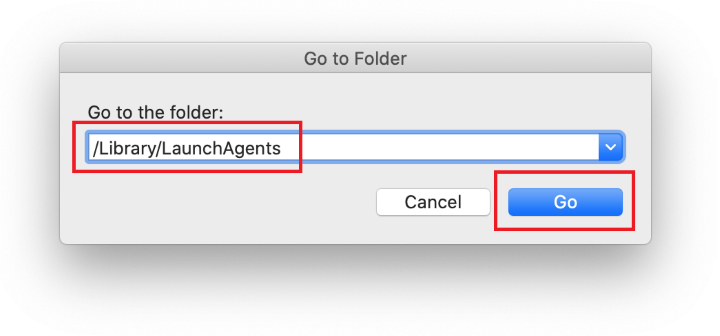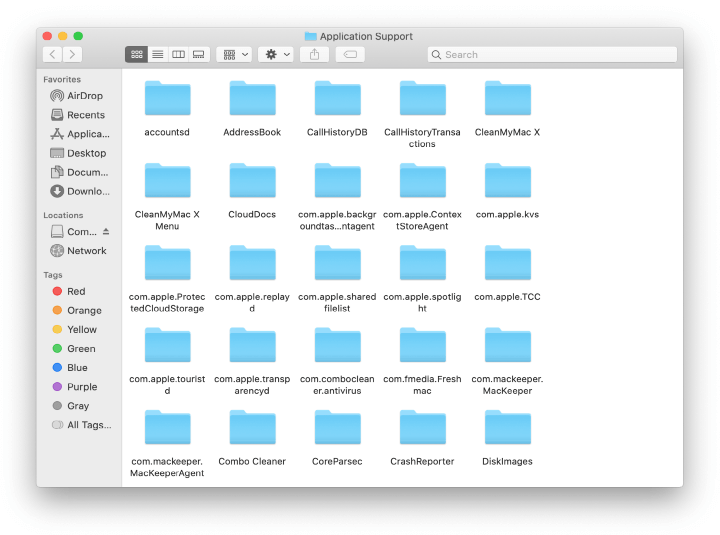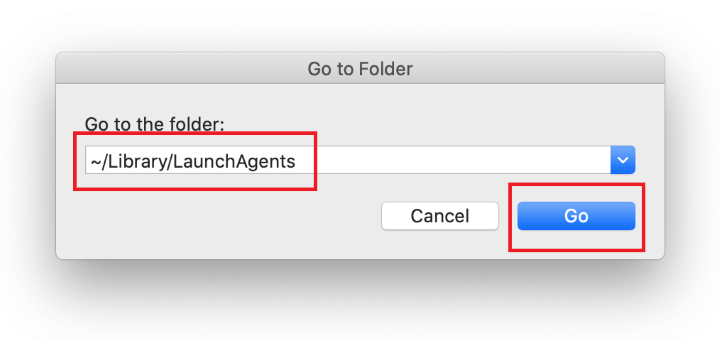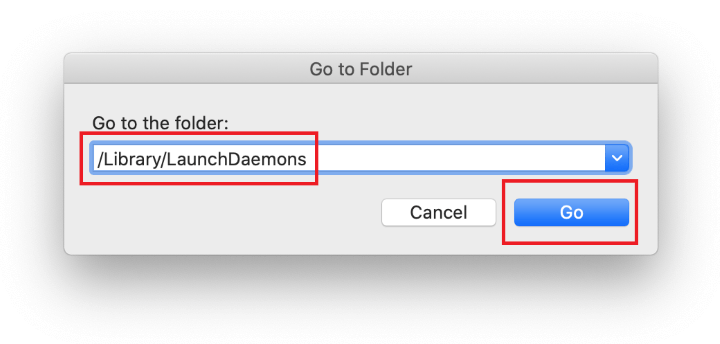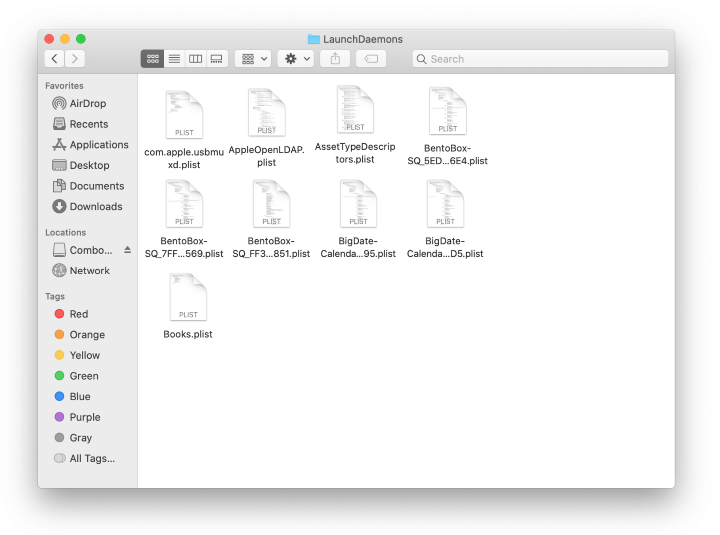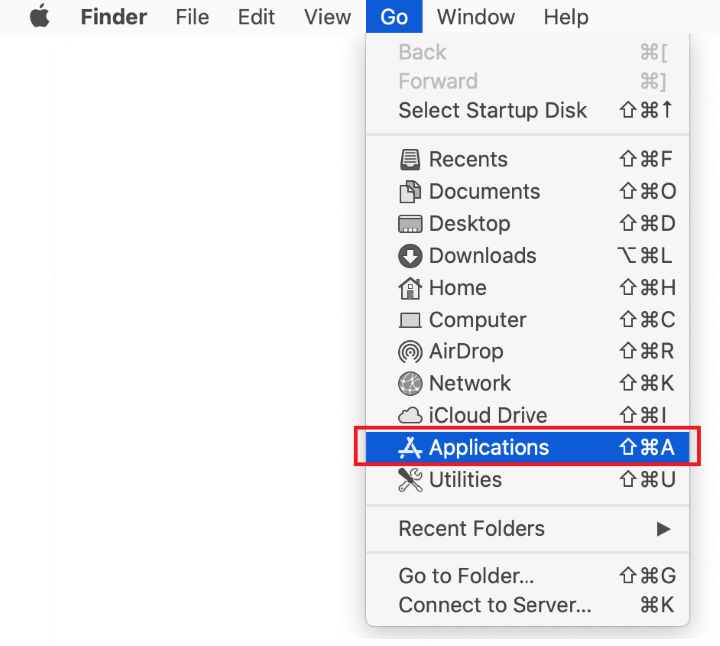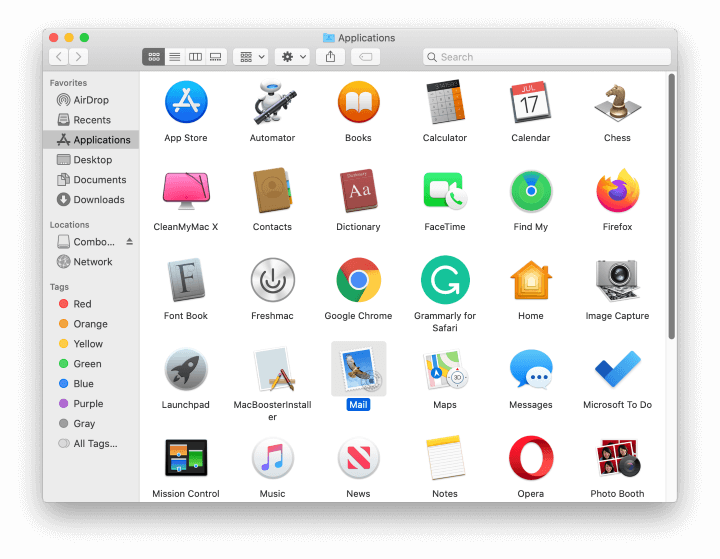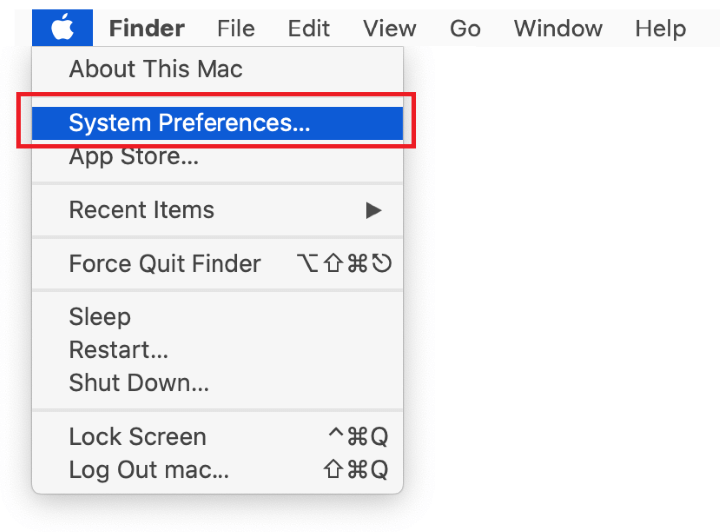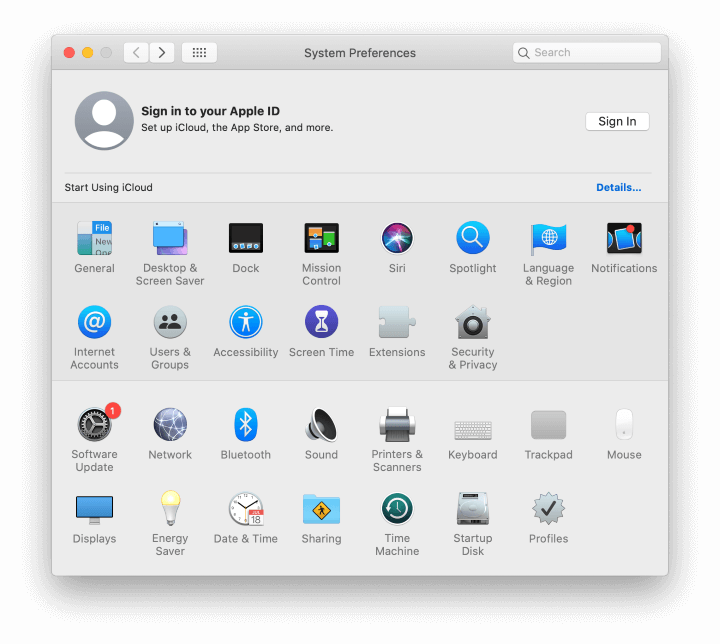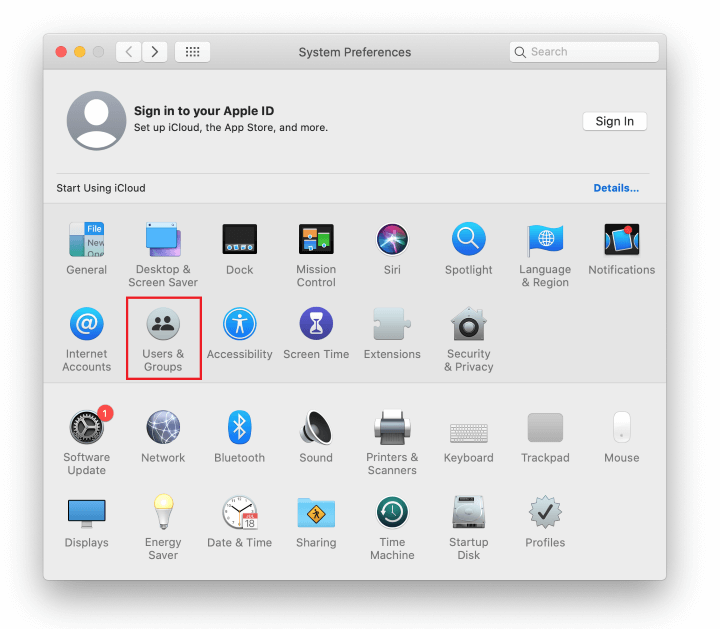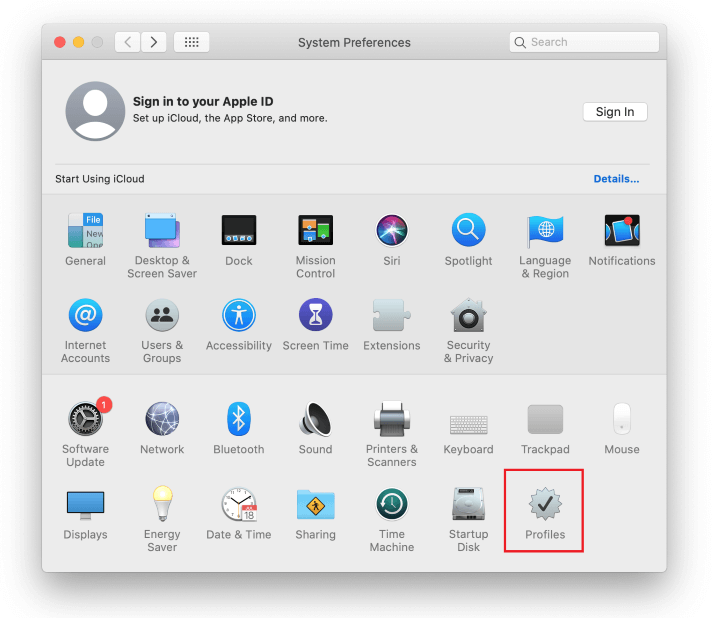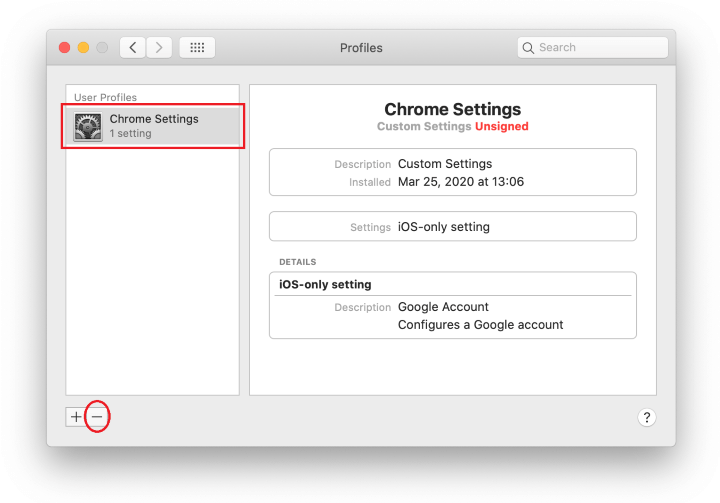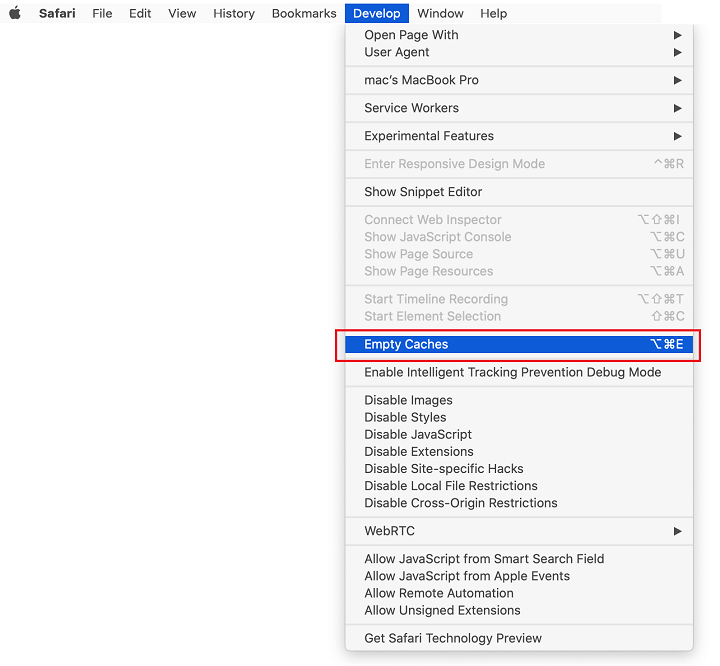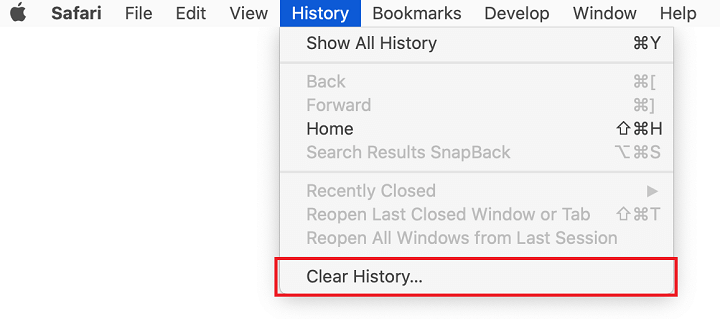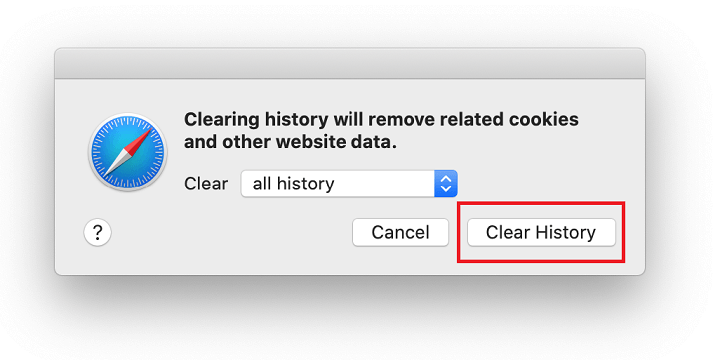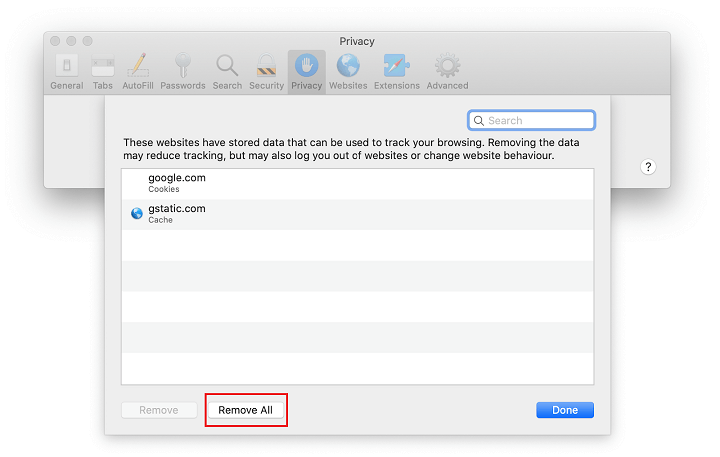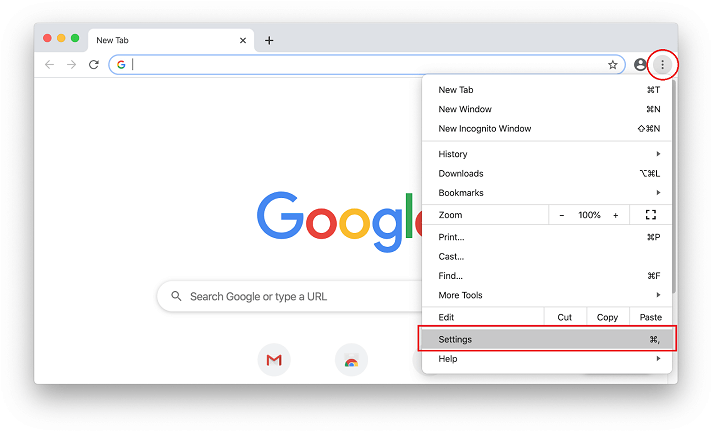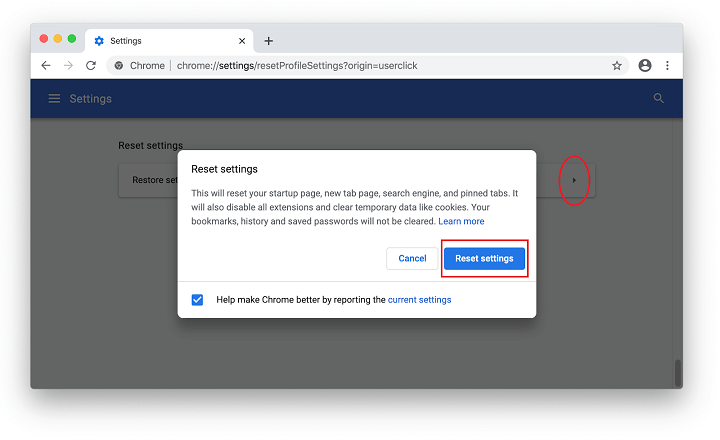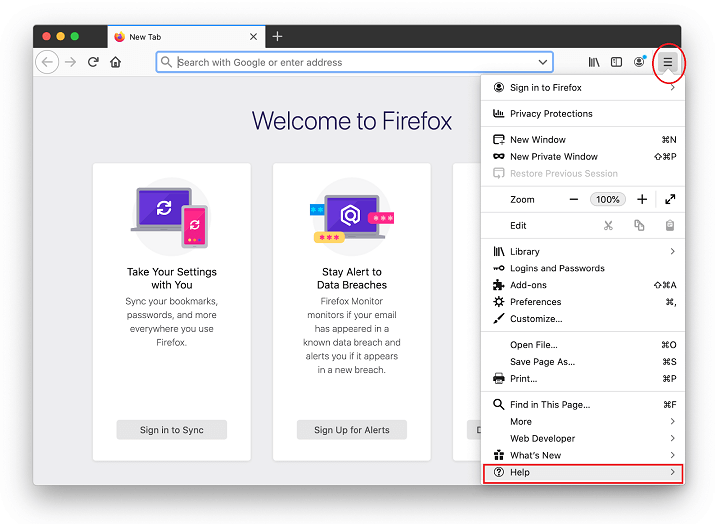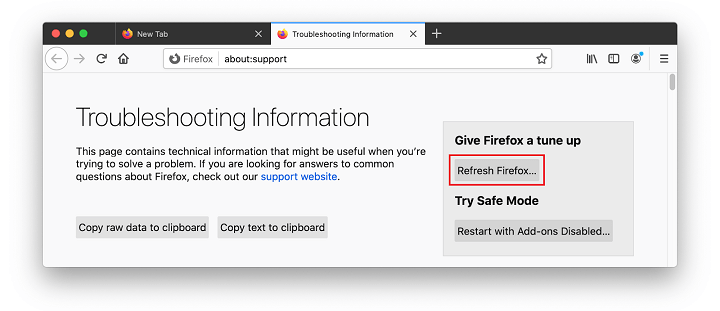Learn how to stop annoying web push ads by 123movies that incessantly pop up after Mac users give this dubious service permission to show notifications.
Some people show due respect for intellectual property and don’t mind paying for high-quality video content online. Thankfully, there are plenty of official streaming media services to choose from. However, many users are reluctant to cough up a fee for watching such materials and don’t take copyright regulations seriously. To bridge the gap between the two extremes, streaming content providers like 123movies.domains (Putlocker group) came up with a trade-off. It comes down to ads. If a person is unwilling to buy a premium subscription, the site will be displaying sponsored information, and sometimes this activity is blown way out of proportion while engaging dodgy tricks. The shady facet of the matter is that the service may dupe a Mac user into enabling browser notifications, let alone the fact that its proprietors ignore copyright laws by uploading a good deal of the content illegally.

Whereas simply watching movies on the website in question shouldn’t get users in a legal jeopardy as long as they don’t download and redistribute stuff, it could entail serious issues relating to security and the intactness of personal data. Even though 123movies may seem to work with no strings attached, it sucker-punches users by furtively triggering deceptive pop-ups. The problem can start with the very first video session accompanied by an ostensibly innocuous request saying, “ww3.123movies.domains wants to show notifications”. To continue watching and get the dialog out of the way, the Mac user may click the ‘Allow’ button, only to unknowingly green-light irksome malvertising.
This clever hoax hinges upon what’s called the web push notification mechanism. Backed by the Push API, the technique allows a server to send arbitrary pop-up messages to a web application. In the case of the 123movies threat, this benign instrument is weaponized to serve misleading advertisements via a browser such as Google Chrome, Safari, or Mozilla Firefox. Malicious actors squeeze a maximum benefit out of this scenario because their ads are shown even when the browser is closed. They appear in the right-hand part of the Mac’s desktop and try to scare the victim into thinking that their system isn’t safe.
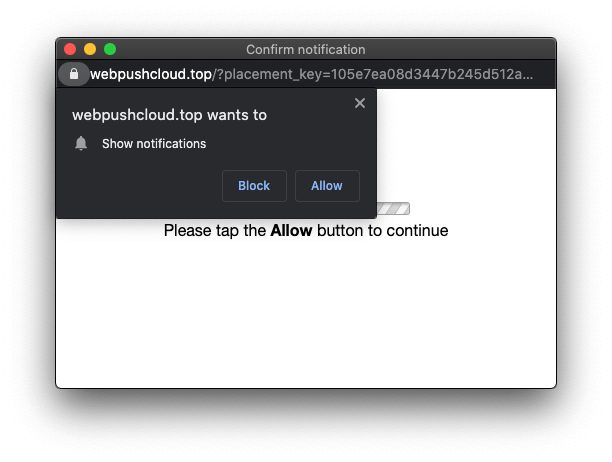
The spoof notifications usually splash up every ten minutes or so regardless of whether the browser is running in the background. Here are a few examples of what the annoying push messages by 123movies may say:
- “Your Mac is in danger”
- “Your Mac might be in danger”
- “Recommended: clean your Mac”
- “Mac virus & adware protection”
- “Your Mac is slowing down”
These ads are clickable and lead to pages that tout various junk services or counterfeit Mac cleanup solutions. Their goal is to convince the victim to start a system scan, which will report numerous performance issues and viruses that supposedly need urgent fixing. In some cases, the messages include information that’s closely aligned with the user’s interests and recent web surfing activity. This is a serious concern per se because it indicates that the unwanted application has been monitoring the browsing history behind the person’s back. Since the culprit can communicate with its operators’ server, the black hats retrieve elements of personally identifiable data (PID). By piecing this info together, they can sell the complete user profile on the dark web or leverage it to execute spear-phishing attacks.
To recap, 123movies is a potentially harmful service and should be avoided. While its web push notifications are relatively easy to turn off via the affected browser’s privacy controls or site settings, this might not be enough. The website could have triggered drive-by downloads and deposited malware on the Mac. One way or another, it’s best to go over several system directories and check them for traces of malicious code to err on the side of caution. The following paragraphs list all the relevant tips.
123movies virus manual removal for Mac
The steps listed below will walk you through the removal of this malicious application. Be sure to follow the instructions in the specified order.
- Expand the Go menu in your Mac’s Finder bar and select Utilities as shown below.

- Locate the Activity Monitor icon on the Utilities screen and double-click on it.

- In the Activity Monitor app, look for 123movies or another process that appears suspicious. To narrow down your search, focus on unfamiliar resource-intensive entries on the list. Keep in mind that its name isn’t necessarily related to the way the threat is manifesting itself, so you’ll need to trust your own judgement. If you pinpoint the culprit, select it and click on the Stop icon in the upper left-hand corner of the screen.

- When a follow-up dialog pops up asking if you are sure you want to quit the troublemaking process, select the Force Quit option.

- Click on the Go menu icon in the Finder again and select Go to Folder. You can as well use the Command-Shift-G keyboard shortcut.

- Type /Library/LaunchAgents in the folder search dialog and click on the Go button.

- Examine the contents of the LaunchAgents folder for dubious-looking items. Be advised that the names of files spawned by malware may give no clear clues that they are malicious, so you should look for recently added entities that appear to deviate from the norm.
As an illustration, here are several examples of LaunchAgents related to mainstream Mac infections: com.pcv.hlpramc.plist, com.updater.mcy.plist, com.avickUpd.plist, and com.msp.agent.plist. If you spot files that don’t belong on the list, go ahead and drag them to the Trash.

- Use the Go to Folder lookup feature again to navigate to the folder named ~/Library/Application Support (note the tilde symbol prepended to the path).

- When the Application Support directory is opened, identify recently generated suspicious folders in it and send them to the Trash. A quick tip is to look for items whose names have nothing to do with Apple products or apps you knowingly installed. A few examples of known-malicious folder names are Quick Mac Booster, IdeaShared, and ProgressMatch.

- Enter ~/Library/LaunchAgents string (don’t forget to include the tilde character) in the Go to Folder search area.

- The system will display LaunchAgents residing in the current user’s Home directory. Look for dodgy items related to 123movies virus (see logic highlighted in subsections above) and drag the suspects to the Trash.

- Type /Library/LaunchDaemons in the Go to Folder search field.

- In the LaunchDaemons path, try to pinpoint the files the malware is using for persistence. Several examples of such items cropped by Mac infections are com.pplauncher.plist, com.startup.plist, and com.ExpertModuleSearchDaemon.plist. Delete the sketchy files immediately.

- Click on the Go menu icon in your Mac’s Finder and select Applications on the list.

- Find the app that clearly doesn’t belong there and move it to the Trash. If this action requires your admin password for confirmation, go ahead and enter it.

- Expand the Apple menu and select System Preferences.


- Proceed to Users & Groups and click on the Login Items tab.
The system will display the list of items launched when the computer is starting up. Locate a potentially unwanted app there and click on the “-” (minus) button.

- Now select Profiles under System Preferences. Look for a malicious item in the left-hand sidebar. Several examples of configuration profiles created by Mac adware include TechSignalSearch, MainSearchPlatform, AdminPrefs, and Chrome Settings. Select the offending entity and click on the minus sign at the bottom to eliminate it.

If your Mac has been infiltrated by adware, the infection will most likely continue to hold sway over your default web browser even after you remove the underlying application along with its components sprinkled around the system. Use the browser cleanup instructions below to address the remaining consequences of this attack.
Get rid of 123movies virus in web browser on Mac
To begin with, the web browser settings taken over by the 123movies virus should be restored to their default values. Although this will clear most of your customizations, web surfing history, and all temporary data stored by websites, the malicious interference should be terminated likewise. The overview of the steps for completing this procedure is as follows:
- Remove 123movies virus from Safari
- Open the browser and go to Safari menu. Select Preferences in the drop-down list.

- Once the Preferences screen appears, click on the Advanced tab and enable the option saying “Show Develop menu in menu bar”.

- Now that the Develop entry has been added to the Safari menu, expand it and click on Empty Caches.

- Now select History in the Safari menu and click on Clear History in the drop-down list.

- Safari will display a dialog asking you to specify the period of time this action will apply to. Select all history to ensure a maximum effect. Click on the Clear History button to confirm and exit.

- Go back to the Safari Preferences and hit the Privacy tab at the top. Find the option that says Manage Website Data and click on it.

- The browser will display a follow-up screen listing the websites that have stored data about your Internet activities. This dialog additionally includes a brief description of what the removal does: you may be logged out of some services and encounter other changes of website behavior after the procedure. If you’re okay with that, go ahead and click on the Remove All button.

- Restart Safari
- Open the browser and go to Safari menu. Select Preferences in the drop-down list.
- Remove 123movies in Google Chrome
- Open Chrome, click the Customize and control Google Chrome (⁝) icon in the top right-hand part of the window, and select Settings in the drop-down

- When on the Settings pane, select Advanced
- Scroll down to the Reset settings section.

- Confirm the Chrome reset on a dialog that will pop up. When the procedure is completed, relaunch the browser and check it for malware activity.

- Open Chrome, click the Customize and control Google Chrome (⁝) icon in the top right-hand part of the window, and select Settings in the drop-down
- Remove 123movies from Mozilla Firefox
- Open Firefox and go to Help – Troubleshooting Information (or type about:support in the URL bar and press Enter).


- When on the Troubleshooting Information screen, click on the Refresh Firefox button.

- Confirm the intended changes and restart Firefox.
- Open Firefox and go to Help – Troubleshooting Information (or type about:support in the URL bar and press Enter).
Get rid of 123movies ads virus using Combo Cleaner removal tool
The Mac maintenance and security app called Combo Cleaner is a one-stop tool to detect and remove 123movies virus. This technique has substantial benefits over manual cleanup, because the utility gets hourly virus definition updates and can accurately spot even the newest Mac infections.
Furthermore, the automatic solution will find the core files of the malware deep down the system structure, which might otherwise be a challenge to locate. Here’s a walkthrough to sort out the 123movies issue using Combo Cleaner:
- Download Combo Cleaner installer. When done, double-click the combocleaner.dmg file and follow the prompts to install the tool onto your Mac.
By downloading any applications recommended on this website you agree to our Terms and Conditions and Privacy Policy. The free scanner checks whether your Mac is infected. To get rid of malware, you need to purchase the Premium version of Combo Cleaner.
- Open the app from your Launchpad and let it run an update of the malware signature database to make sure it can identify the latest threats.
- Click the Start Combo Scan button to check your Mac for malicious activity as well as performance issues.

- Examine the scan results. If the report says “No Threats”, then you are on the right track with the manual cleaning and can safely proceed to tidy up the web browser that may continue to act up due to the after-effects of the malware attack (see instructions above).

- In case Combo Cleaner has detected malicious code, click the Remove Selected Items button and have the utility remove 123movies threat along with any other viruses, PUPs (potentially unwanted programs), or junk files that don’t belong on your Mac.

- Once you have made doubly sure that the malicious app is uninstalled, the browser-level troubleshooting might still be on your to-do list. If your preferred browser is affected, resort to the previous section of this tutorial to revert to hassle-free web surfing.


